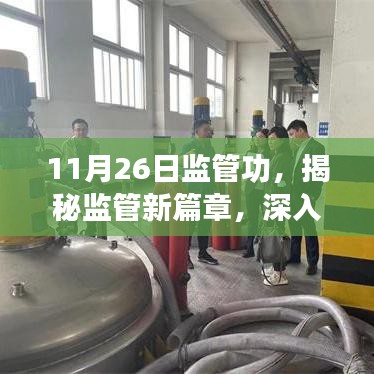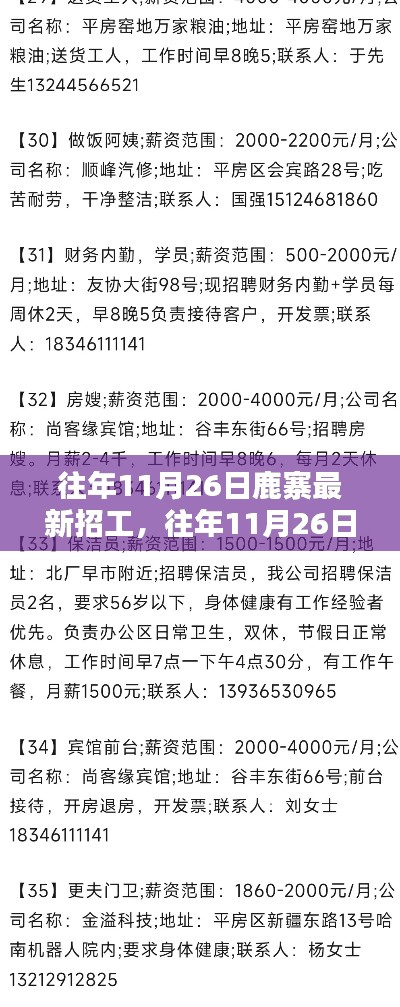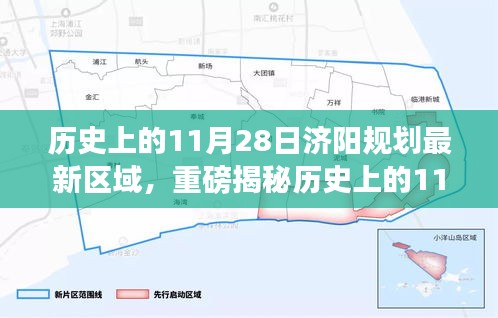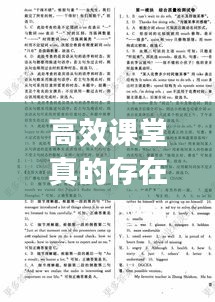Introduction
The concept of an "efficient classroom" has been a topic of discussion among educators, policymakers, and students for decades. The quest for a classroom environment that maximizes learning outcomes and minimizes time spent on teaching and learning activities is a driving force behind various educational reforms and innovations. However, the question remains: Does an efficient classroom truly exist, or is it merely a theoretical ideal?
Theoretical Framework
To understand the existence of an efficient classroom, it is crucial to define what we mean by "efficiency" in an educational context. Efficiency in a classroom setting can be measured by several factors, including student engagement, time on task, and overall learning outcomes. According to educational theories, an efficient classroom should have the following characteristics:
Clear Learning Objectives: Students should have a clear understanding of what they are expected to learn, with objectives aligned with the curriculum standards.
Engaging Instructional Strategies: Teachers should use a variety of teaching methods to keep students interested and actively participating in the learning process.
Adaptive Learning: The classroom should be able to cater to the diverse learning needs of students, including those with special needs or different learning styles.
Effective Feedback: Regular and constructive feedback should be provided to students to help them monitor their progress and make necessary adjustments.
Practical Challenges
While the theoretical framework for an efficient classroom is well-defined, the practical challenges in achieving such an environment are significant. Here are some of the obstacles that educators face:
Classroom Size: Larger class sizes can make it difficult for teachers to provide individual attention to each student, thus hindering the efficiency of the classroom.
Resource Allocation: Limited resources, such as textbooks, technology, and professional development opportunities, can impede the creation of an efficient learning environment.
Teacher Training: Inadequate training in instructional strategies and classroom management can lead to inefficient teaching practices.
Student Diversity: The diverse needs of students, including those with disabilities or limited English proficiency, can make it challenging to create a one-size-fits-all efficient classroom.
Case Studies and Examples
Despite the challenges, there are numerous examples of classrooms that have been deemed efficient. Some successful approaches include:
Flipped Classroom: This approach involves students learning new material at home through videos or readings, and spending class time on application and discussion.
Project-Based Learning: Students engage in real-world projects that require research, collaboration, and problem-solving skills, fostering a deeper understanding of the subject matter.
Technology Integration: The use of educational technology can enhance student engagement and provide personalized learning experiences.
Classroom Management Techniques: Effective classroom management strategies can create a conducive learning environment, reducing distractions and increasing efficiency.
Conclusion
In conclusion, while the existence of a truly efficient classroom is not guaranteed, it is an achievable goal through thoughtful planning and implementation of best practices. The challenges faced by educators are real, but they can be overcome with the right strategies and support. As education continues to evolve, the search for an efficient classroom will likely lead to further innovations and improvements in teaching and learning practices. Ultimately, the key to creating an efficient classroom lies in understanding the diverse needs of students and adapting teaching methods to meet those needs effectively.
转载请注明来自北京维邻康大药房有限责任公司,本文标题:《高效课堂真的存在吗英文:高效课堂存在哪些优点 》












 蜀ICP备2022005971号-1
蜀ICP备2022005971号-1
还没有评论,来说两句吧...